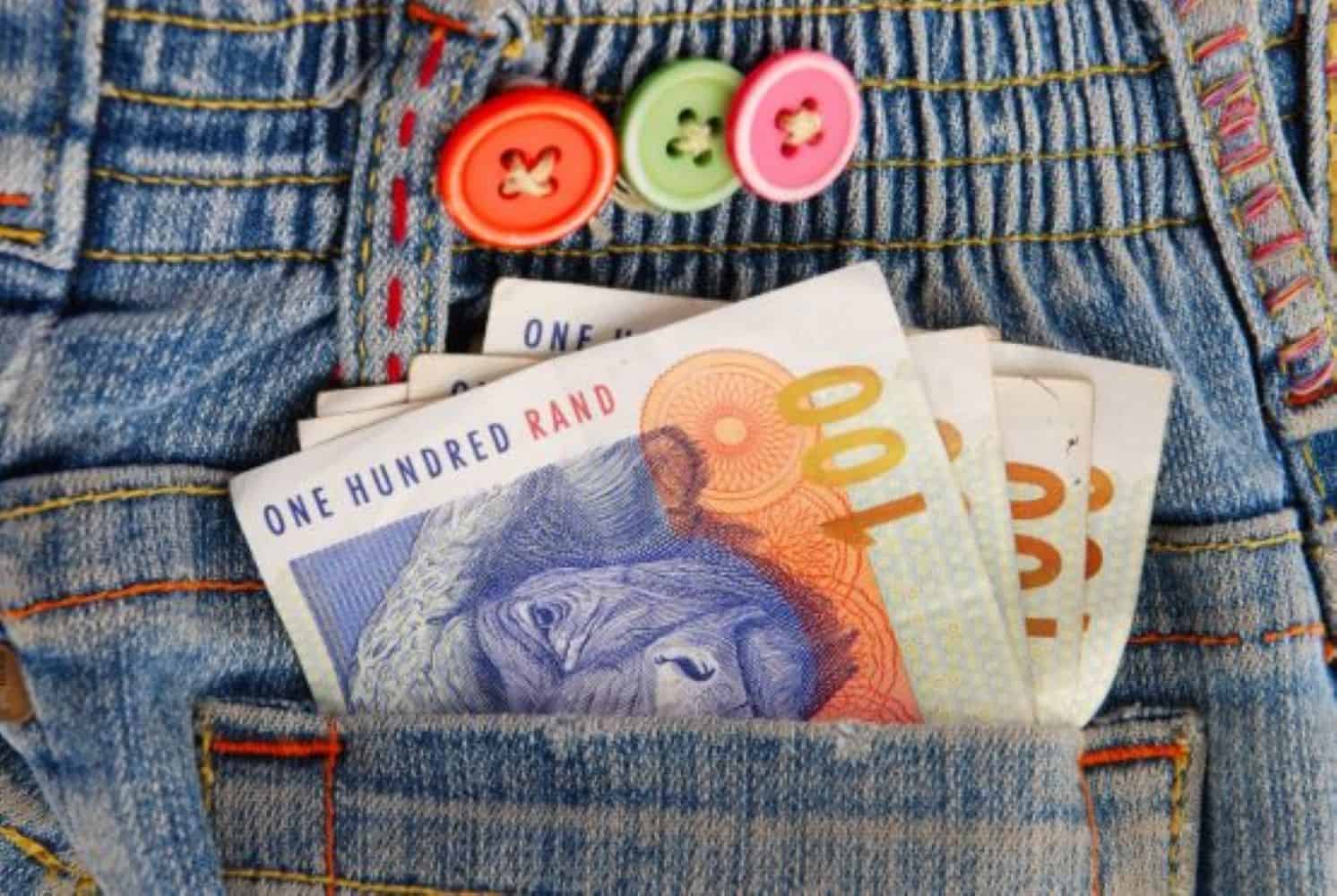Eskom gave a presentation to Nersa, proposing the number of tariffs be reduced from 10 to three.
Moneyweb has learnt that consumers will have to cough up at least R40 billion more for Eskom following a settlement between the utility and the energy regulator Nersa. This pertains to mistakes Nersa’s made in several decisions regarding Eskom’s revenue and tariffs.
This amount may increase as Eskom has launched a fresh challenge to Nersa’s latest decisions regarding the utility’s revenue and tariffs for the current and the next two financial years.
Eskom’s court application is the latest in a string of challenges to Nersa decisions, almost all ruled in favour of Eskom.
Moneyweb has learnt that several such applications were settled between the two parties in May. This was not widely communicated at the time.
The settlement, which was made an order of the court, pertains to clawbacks spanning the financial years 2015 to 2021.
ALSO READ: Ekurhuleni metro and Nersa lock horns over electricity tariff discrepancy
Clawbacks
The clawback mechanism is designed to retrospectively compensate either the utility or its customers for variations in the assumptions underlying the revenue determination, such as sales volumes.
The compensation is done by adjusting electricity tariffs in following years.
Eskom disputed the amount Nersa decided it was entitled to claw back in each year from 2015 to 2021.
Following the settlement Eskom is entitled to recover in total R40 billion more from consumers for underrecovery over the period due to mistakes made by Nersa.
In terms of the order, Nersa will decide on the timing of this recovery.
ALSO READ: Nersa’s municipal tariff process flawed, says Sapoa
Nersa still making mistakes?
Eskom now alleges that Nersa’s latest revenue and tariff determination for the current and next two financial years is also flawed.
This will be on the agenda of Nersa’s electricity subcommittee during a special meeting on Wednesday (16 July).
It follows an application by Eskom to the Gauteng Division of the High Court to have the decision reviewed and set aside.
Nersa announced in January that it had approved revenues of R384.6 billion for Eskom for the current financial year, which translated to an average percentage increase of 12.74%. This took effect on 1 April.
ALSO READ: The silent 77.5% rise of your electricity bill
The allowable revenue approved for 2026/7 is R409.5 billion, which translates to an average increase of 5.36% and for 2027/8 it is R435.8 billion, which translates to an average increase of 6.19%.
This is considerably lower than the amounts Eskom applied for, which would have meant increases of 36.15%, 11.81%, and 9.1% in the three consecutive years.
Following Nersa’s publication of the reason for its decision early last month, Eskom filed an application to have the decision reviewed and set aside specifically regarding Nersa’s treatment of the Regulatory Asset Base (RAB).
Moneyweb has reliably learnt that Nersa has not yet indicated whether it will oppose the application.
Presumably the meeting on Wednesday will make a recommendation to the electricity regulator, which will then take a final decision.
The formulation of the agenda point however indicates that Nersa may have accepted Eskom’s argument and is open to settling the matter.
It reads: “Correction of error on the Eskom sixth multi-year price determination decision (MYPD6) Regulatory Asset Base section and proposed settlement.”
ALSO READ: Nersa approves 12.7% electricity tariff hike for Eskom
Eskom’s arguments
In an affidavit supporting its court application, Eskom CFO Calib Cassim sets out in detail – some of it quite technical – the mistakes that Eskom contends Nersa has made.
This includes attaching a zero value to several operational power stations, including Koeberg.
He shows that the value attached to the RAB is key to determining the returns Eskom is entitled to – and that Nersa’s downward adjustments of the RAB in each of the three years dealt with in the tariff application cost the utility about R30 billion in total.
Cassim says that Nersa, in taking the decision, exceeded its powers and acted inconsistently with its own methodology and with an earlier court order dealing with the same subject.
ALSO READ: 30% electricity tariff increase is a reality, says Erasa
He states that Nersa’s decision is irrational and unreasonable.
Cassim points out that Nersa’s flawed approach to the RAB only applies to the application by Eskom’s generation business.
Those of the National Transmission Company of South Africa, a wholly owned subsidiary dealing with transmission, and the distribution business, were dealt with correctly, in Eskom’s view.
In addition, there are discrepancies between some of the numbers in the press release Nersa issued in January announcing its decision and those in the document issued in June setting out the reasons for its decision.
ALSO READ: Eskom proposes further tariff restructuring to ensure ‘transparency and fairness’
Cassim further argues that the condition Nersa set for its approval of the utility’s revenue – that it submit a revaluation of its RAB, with the first clawback application following the 2025/6 financial year – is unrealistic and impossible. Such a revaluation takes at least 30 months and is an expensive exercise, according to Cassim.
Any adjustments in Eskom’s favour will be reflected in future increases in electricity tariffs.
This comes against the backdrop of widespread concern about the affordability of electricity, with Minister of Electricity and Energy Kgosientso Ramokgopa saying that South Africans must increasingly choose between buying food and buying electricity. He said even middle-class South Africans are battling to afford electricity.
This article was republished from Moneyweb. Read the original here.
